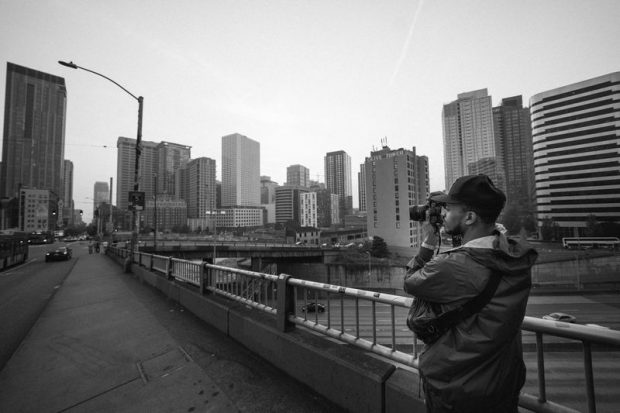Our Framing Streets Ideas
Framing Streets Things To Know Before You Buy
Table of ContentsFraming Streets Things To Know Before You BuyAll About Framing StreetsFraming Streets Things To Know Before You Get ThisGetting My Framing Streets To Work7 Easy Facts About Framing Streets ShownGetting The Framing Streets To Work
Photography genre "Crufts Pet dog Show 1968" by Tony Ray-Jones Road photography (also sometimes called honest digital photography) is photography performed for art or query that features unmediated chance encounters and arbitrary incidents within public areas, typically with the objective of recording photos at a decisive or emotional moment by cautious framing and timing. 
Get This Report on Framing Streets
Susan Sontag, 1977 Road digital photography can concentrate on people and their behavior in public. In this respect, the road professional photographer resembles social documentary photographers or photographers who additionally work in public locations, but with the objective of capturing newsworthy events. Any one of these digital photographers' photos may catch people and building visible within or from public places, which commonly requires navigating moral problems and legislations of privacy, security, and home.
Depictions of everyday public life create a style in practically every duration of globe art, starting in the pre-historic, Sumerian, Egyptian and early Buddhist art periods. Art dealing with the life of the road, whether within views of cityscapes, or as the leading motif, appears in the West in the canon of the North Renaissance, Baroque, Rococo, of Romanticism, Realistic look, Impressionism and Post-Impressionism.
4 Easy Facts About Framing Streets Shown
Louis Daguerre: "Blvd du Temple" (1838 or 1839) In 1838 or 1839 the very first picture of figures in the road was recorded by Louis-Jacques-Mand Daguerre in one of a set of daguerreotype sights drawn from his studio window of the Boulevard du Holy place in Paris. The 2nd, made at try this the height of the day, shows an unpopulated stretch of road, while the other was taken at regarding 8:00 am, and as Beaumont Newhall records, "The Boulevard, so frequently filled up with a relocating crowd of pedestrians and carriages was completely singular, except an individual who was having his boots cleaned.
, that was influenced to undertake a similar documentation of New York City. As the city developed, Atget assisted to promote Parisian streets as a deserving topic for digital photography.

The 5-Minute Rule for Framing Streets
The chief Mass-Observationists were anthropologist Tom Harrisson in Bolton and poet Charles Madge in London, and their initial report was created as the book "May the Twelfth: Mass-Observation Day-Surveys 1937 by over 2 hundred onlookers" [] Window cleaner at Kottbusser Tor, Berlin, by Elsa Thiemann c. 1946 The post-war French Humanist College professional photographers discovered their subjects on the road or in the restaurant. Between 1946 and 1957 Le Groupe des XV each year displayed work of this kind. Andre Kertesz. Circus, Budapest, 19 May 1920 Road photography formed the significant web content of 2 events at the Gallery of Modern Art (Mo, MA) in New York curated by Edward Steichen, Five French Photographers: Brassai; Cartier-Bresson, Doisneau, Ronis, Izis in 1951 to 1952, and Post-war European Digital Photography in 1953, which exported the concept of street photography globally.

The Buzz on Framing Streets
, after that an educator of young kids, associated with Evans in 193839.'s 1958 book,, was significant; raw and frequently out of focus, Frank's pictures questioned conventional digital photography of the time, "tested all the official policies laid down by Henri Cartier-Bresson and Pedestrian Evans" and "flew in the face of the wholesome pictorialism and heartfelt photojournalism of American publications like LIFE and Time".